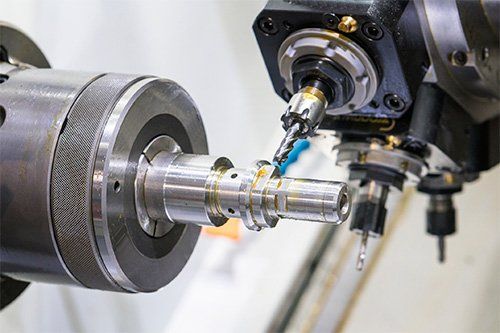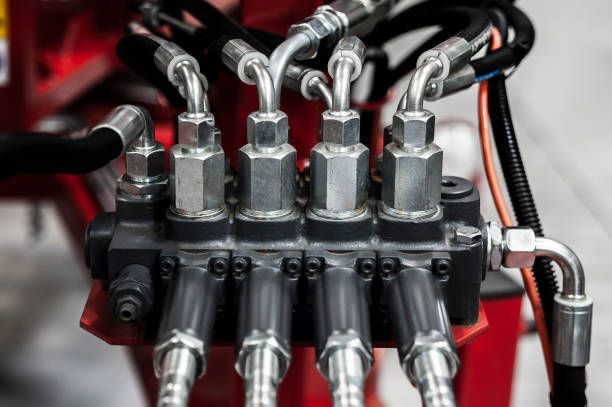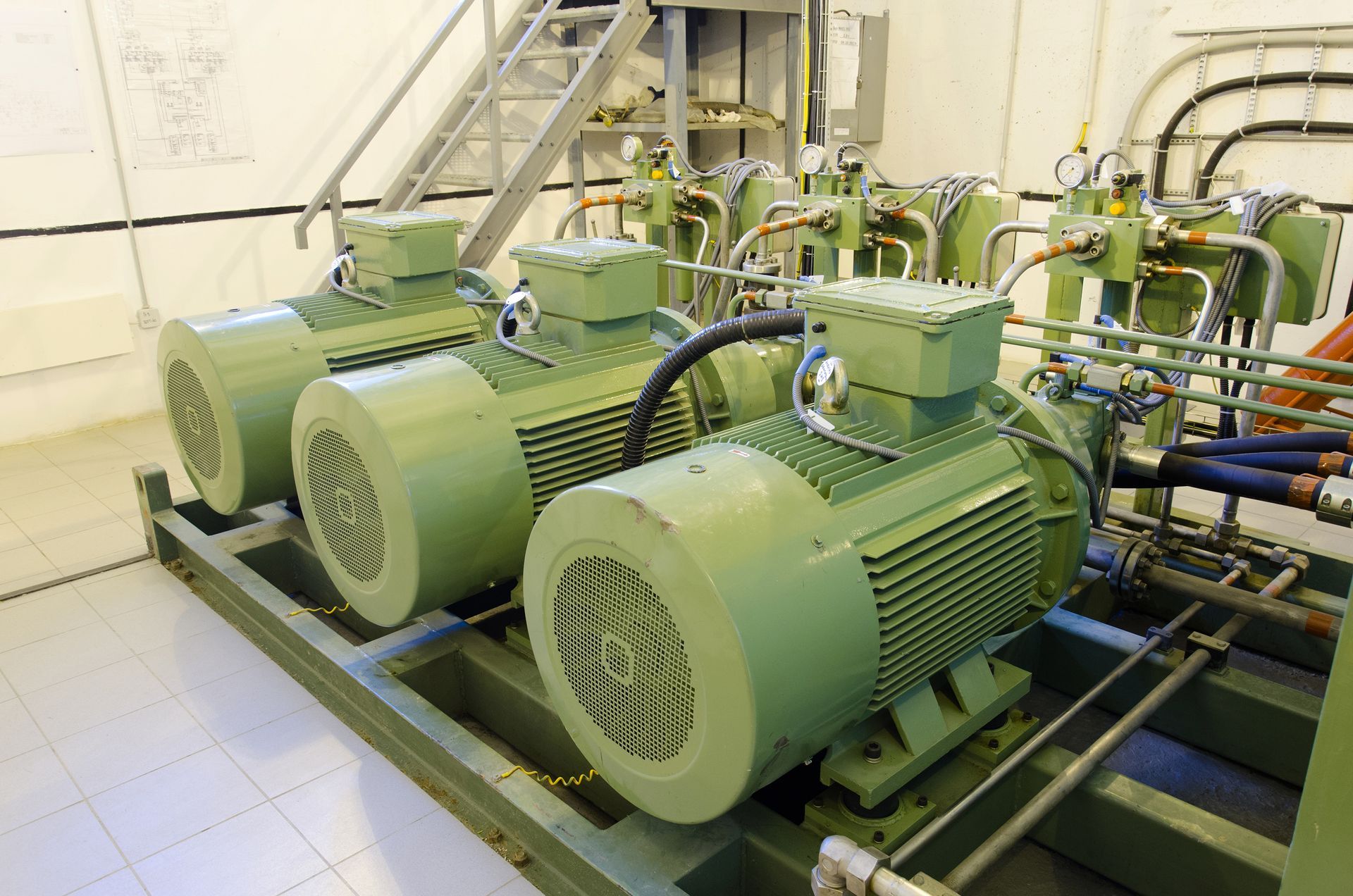Copy of 5 Things to Do to Keep Your Hydraulic System Working Properly #1
Optimum CNC machining is important for keeping components in the best possible shape over time. Poor machining design causes CNC components to wear out prematurely.
By avoiding design mistakes, you can delay repair needs at your industrial or manufacturing facility as long as possible. The following are eight design flaws to avoid for optimum CNC machining.
1. Excessively Small Features
Small features in your CNC design like micro-holes that are under a couple of millimeters in diameter create problems because they make it more difficult for equipment to execute accurate machining. Small features also add to machining time.
You, therefore, should avoid small features in all CNC machining designs at your facility except where they're absolutely necessary.
2. Deep Cavities
Another CNC machining design characteristic that creates problems is deep cavities. Deep cavities in the workpiece are likely to increase the occurrence of tool breakage. Broken tools increase the cost of production due to the resulting repair and replacement expenses.
When it comes to milling cavities, the depth should not exceed a few times the diameter of the tool for optimum design.
3. Tight Part Tolerances
Tighter part tolerances increase the costs of CNC machining operations for several reasons. First off, they require the need for special measurement tools. At the same time, they increase fixturing needs and the amount of scrap that CNC machining work produces.
The function, form, and fit of individual parts all need to result in an acceptable dimension range that is not excessively narrow. Ideally, you shouldn’t specify tolerances if possible if you want to keep machining labor costs down and speed up the machining process.
4. Improper Material for the Application
One of the most important considerations to take into account when optimizing machining design is which material is used for the workpiece.
You should consider numerous factors in choosing your material, including chemical resistance, thermal stability, rigidity, and heat responsiveness needs. A last consideration that is especially important is the material thickness you need.
5. Excessively Thin Walls
CNC machining operations generally proceed with difficulty if the walls of the workpiece are particularly thin. Thin walls complicate the process because they require multiple passes and low cut depths that will take more time and be more cumbersome.
Another issue with thin walls is that they are likely to vibrate excessively, and vibration tends to decrease the accuracy of the machining process.
6. Long Thread Lengths
As thread lengths get longer, the connection they provide does not get any stronger. In fact, once threads exceed a certain length they will no longer strengthen the connection at all.
Keep thread lengths shorter whenever possible to optimize the fastening mechanism of your CNC machining design.
7. Embossed Text
You might need to add text to your machined parts. If you do, you should incorporate engraved text into your design rather than embossed text.
Engraved text is preferable from a design standpoint because embossed text requires more material to be removed from the workpiece. The engraved text will be able to put into machined parts more efficiently than embossed text can.
8. Drilled Holes
Holes that need to be put into machined parts should be interpolated using an end mill. Drilling holes is less efficient because a drill provides less flexibility regarding hole sizes.
Also, using an end mill rather than a drill offers the advantages of improved surface finishes and the ability to multitask with the end mill to machine both slots and pockets in addition to creating holes.
Quad Fluid Dynamics, Inc. offers CNC component repair services that help clients address component repair from design flaws. Contact us at Quad Fluid Dynamics, Inc. to learn more about the CNC machining services we offer.



